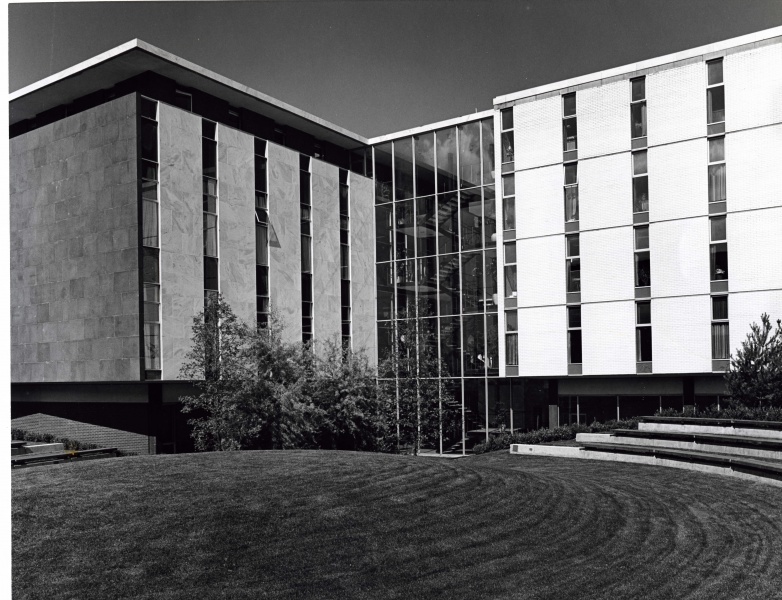PDF
The Future in Stone: Architecture as Expression of National Socialist Temporality Item Info
- Title:
- The Future in Stone: Architecture as Expression of National Socialist Temporality
- Creator:
- Wilkinson-Cruddas, Alex Philip
- Date Created:
- 2016
- Degree Awarded:
- Master of Arts
- Subjects:
- European History
- Geographical Focus:
- Germany
- Supporting Materials:
- n/a
- Description:
- Working alongside Adolf Hitler, architect Albert Speer pioneered his theory of Ruinenwert, or ruin value , which they employed in the design of monumental architectural projects. These structures were designed to evoke imagery of the Nazi's contemporary power and ideology and were created to function as lieux de mémoire ( places of memory ) for subsequent generations of Aryans, providing heroic ruins for a future audience imagined as both bearers of the regime's cultural legacy and witness to its destruction. The regime itself was understood to possess the contradictory qualities of the eternal and terminal, and its architecture was to reflect this. Little attention has been given to contextualizing the architecture of temporality National Socialism within the regime's greater culture of future-mindedness. This work seeks to establish connections between existing discussions of National Socialist architectural futurity and those that explore the regime's fascination with its own future more broadly.
Source
- Preferred Citation:
- Wilkinson-Cruddas, Alex Philip. The Future in Stone: Architecture as Expression of National Socialist Temporality. 2016. Carleton University, Master of Arts.
- Reference Link:
- https://cuhistory.github.io/grads/items/hist_45.html
Rights
- Rights:
- Copyright the author, all rights reserved, unless otherwise indicated.

